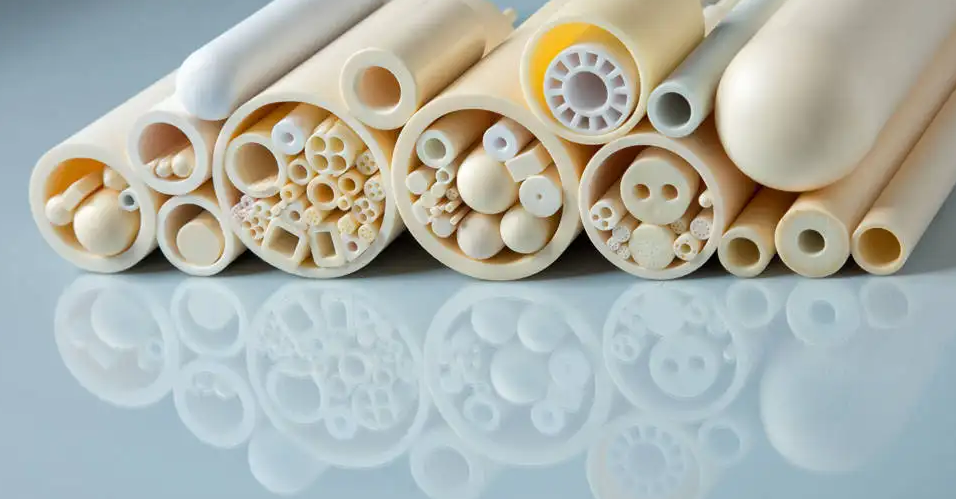Zirconia ceramic properties: pure ZrO2 is white, yellow or gray when containing impurities, typically containing HfO2. It is not easy to separate, so what factors affect the sintering of zirconia ceramics? Next ceramic foam filter manufacturer to introduce you.
1, the deformation
The deformation of zirconia ceramics during sintering may be due to the wide particle size distribution. The choice and amount of additives in powder are unreasonable. The shrinkage of ceramics is not consistent. The shrinkage of ceramics is not consistent. There are the following three reasons:
① The furnace temperature is not uniform, and the ceramic billet body has inconsistent shrinkage;
② The heating rate is rapid, temperature conduction produces gradient, the shrinkage is faster when the ceramic slab is closer to the surface, and the shrinkage is slower when the ceramic slab is closer to the center.
③ Density gradient, in the molding, because of pressure and packing and other factors, lead to the internal shrinkage ratio of the blank body is not consistent.
 2, rupture
2, rupture
The main reason for the cracking of sintered zirconia ceramic billets is the internal defects of the ceramic billets, and it is also related to the shrinkage of the billets. The reason for the inconsistency of shrinkage of the billets is shown in the cause analysis of sintering deformation.
When the shrinkage is inconsistent, if there are defects (holes, dark cracks, etc.), the defects become the fracture source, and the crack diffusion leads to the cracking of the blank body.
3. Abnormal grain growth
When the grains grow abnormally, there are usually a large number of pores in these oversized grains that are difficult to be discharged from the grain boundaries, which will make it difficult for zirconia ceramic materials to reach a high density, and numerous properties of the materials will deteriorate, especially mechanical properties (fracture toughness, flexural strength, etc.).
The main reasons for abnormal grain growth are as follows:
(1) The original powder particle size distribution range is overly wide, that is, the largest particle in the powder is larger than or much more than 2 times the average grain size;
② When forming, the density of the billet is not uniform (powder agglomeration, blank pressing pressure gradient, additive is not uniform), and the sintering occurs uneven certification;
③ Overly high sintering temperature and overly lengthy holding time.